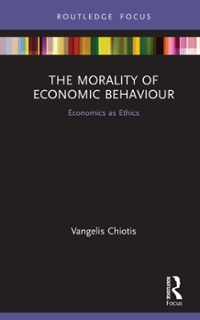Question
Read the following article and the question prompts. How Unusual Was the Unemployment Situation Following the 2007-2009 Recession? The Great Depression of the 1930s left
Read the following article and the question prompts.
How Unusual Was the Unemployment Situation Following the 2007-2009 Recession?
The Great Depression of the 1930s left its mark on nearly everyone who lived through it. The Depression began in August 1929, became worse after the stock market crash in October 1929, and reached its lowest point in 1933, following the collapse of the banking system. Real GDP fell by more than 25 percent between 1929 and 1933the largest decline ever recorded. The unemployment rate in 1933 was above 20 percentthe highest rate ever recorded. The unemployment rate did not return to its 1929 level until 1942, the year after the United States entered World War II. With the unemployment rate so high for so long, many people were out of work for years. As one historian put it: "What was distinctive about the Great Depression, in fact, was . . . the extraordinary lengths of time that most jobless men and women remained out of work."
By the 2000s, many people in the United States, including most economists and policymakers, believed that prolonged periods of unemployment such as the U.S. economy had suffered from during the 1930s were very unlikely to happen again. Although the 1981-1982 recession had been severe and the unemployment rate had risen above 10 percent for the first time since the 1930s, the recovery was strong, and many unemployed workers found new jobs relatively quickly. So, following the 2007-2009 recession, most economists and policymakers were unprepared for how slowly the unemployment rate declined and for how much the average period of unemployment rose. During the 1981-1982 recession, the unemployment rate peaked at 10.8 percent in December 1982, but 18 months later, in June 1984, it had already declined to 7.2 percent. In contrast, after the recession of 2007-2009, the unemployment rate peaked at 10.0 percent in October 2009, while 18 months later it had declined by only 1 percentage point to 9.0 percent. The following figure shows that the average period of unemployment was twice as high following the 2007-2009 recession as following any other recession since the end of World War II.


Step by Step Solution
There are 3 Steps involved in it
Step: 1

Get Instant Access to Expert-Tailored Solutions
See step-by-step solutions with expert insights and AI powered tools for academic success
Step: 2

Step: 3

Ace Your Homework with AI
Get the answers you need in no time with our AI-driven, step-by-step assistance
Get Started


